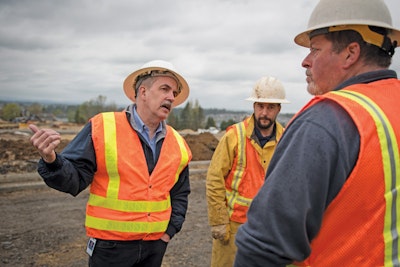
The two years Mark Knudson spent at the Cowlitz County (Oregon) Water Pollution Control Plant made all the difference in his career.
As CEO of the Tualatin Valley Water District, a recipient of the George Warren Fuller Award for distinguished service from the Pacific...







